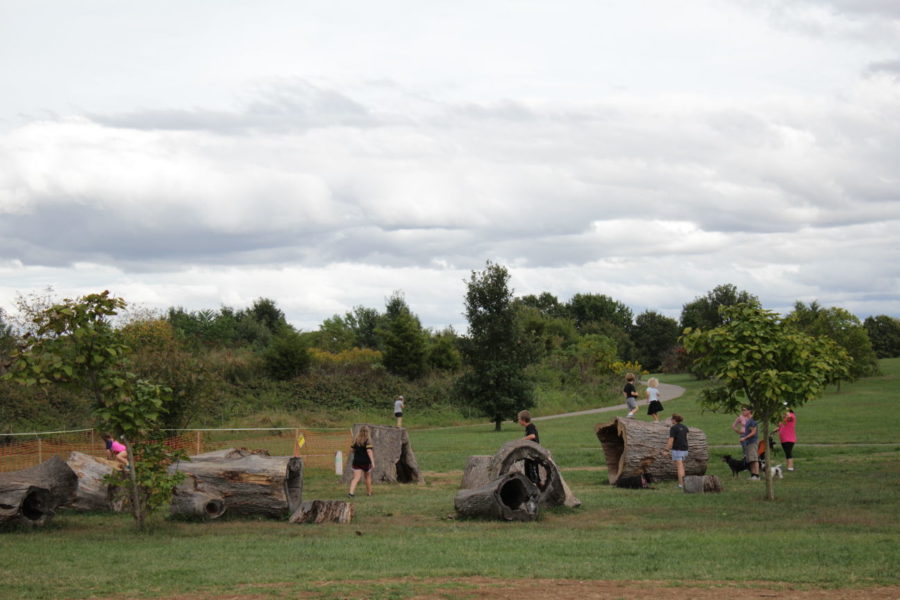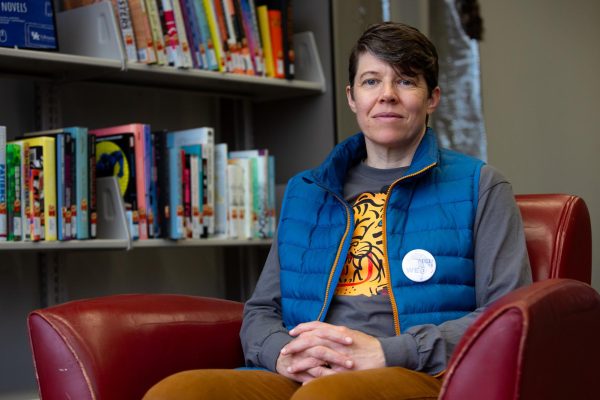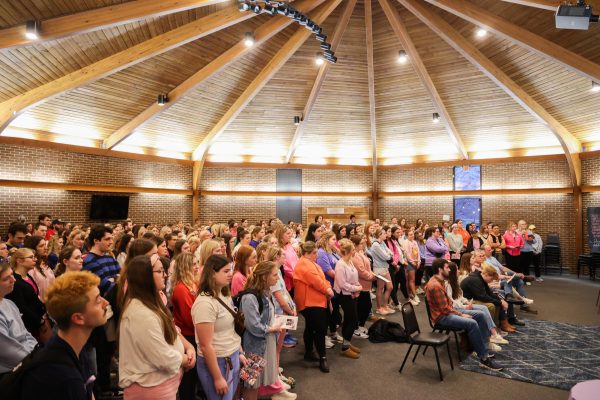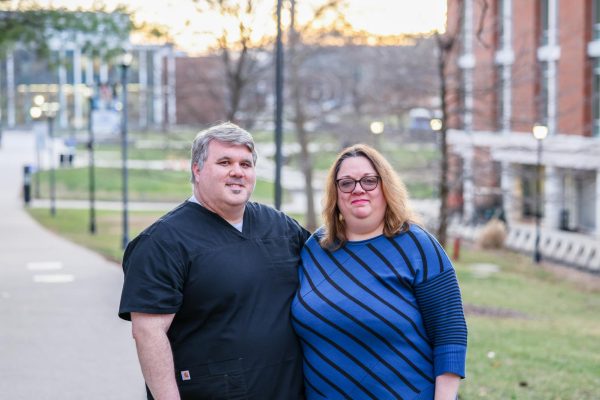Arboretum offers refuge to campus community
September 28, 2015
By Lexington Souers
Amidst the bustle of the city lies Lexington’s very own Hundred Acre Wood.
While you aren’t likely to see Winnie the Pooh, you will see UK students and Lexington residents looking to explore nature in the Arboretum.
The Arboretum has been a place of refuge for city-slickers since becoming Kentucky’s State Botanical Garden in 2001.
In 1990, research land from the College of Agriculture was donated to be a joint venture between them and the city of Lexington.
Molly Davis, director of the Arboretum, said the master plan to guide the development and mission of the Arboretum has largely been followed.
The Arboretum contains a children’s garden, a rose garden, a fragrance garden, a home demonstration garden, and a two mile “Walk Through Kentucky” that covers the seven physiographic regions of the state.
“The plant matter has been collected by seed and brought here and grown,” Davis said. “It’s a really unusual way to run an arboretum.”
The separate areas allow the Arboretum to create specific learning events based on that part of Kentucky.
At last year’s Arbor Day event, the Arboretum staff chose the theme “past, present and future” to help kick off a successful Arbor Day. Davis said the first event took place in the Cumberland Mountain region with Native Americans teaching how their ancestors would have grown and cooked food.
The Arboretum also allows staff to provide younger children with hands-on learning opportunities. Entire classrooms will come from schools across the city to gain insight into natural science.
These groups will learn specific lessons, such as the life cycle of the butterfly in a setting where butterflies can come and go freely.
Older nature enthusiasts can attend demonstrations in the home demonstration garden. This area contains vegetable and flower plants that can easily be grown at home, as well as educational help from the Arboretum’s staff.
Edible plants are grown according to season, helping future gardeners know what is appropriate to plant.
“Anything we grow here we can’t sell, we can’t eat and we can’t partake of,” Davis said.
Davis said plants raised in the demonstration garden is given to local food pantries.
If gardening isn’t a guest’s interest, the free admission means anyone can enjoy nature. The Arboretum’s two mile track makes it a popular place to exercise and bring pets to run.
“I don’t know if it’s documented, but there’s a connection with walking as meditation,” Davis said. “I think it’s really good therapy.”
Davis said she has also seen students studying on the grassy areas, but said students should remember what the Arboretum is about.
“If you’ve only come here to run, slow down and look at the plants,” Davis said.























































































































































